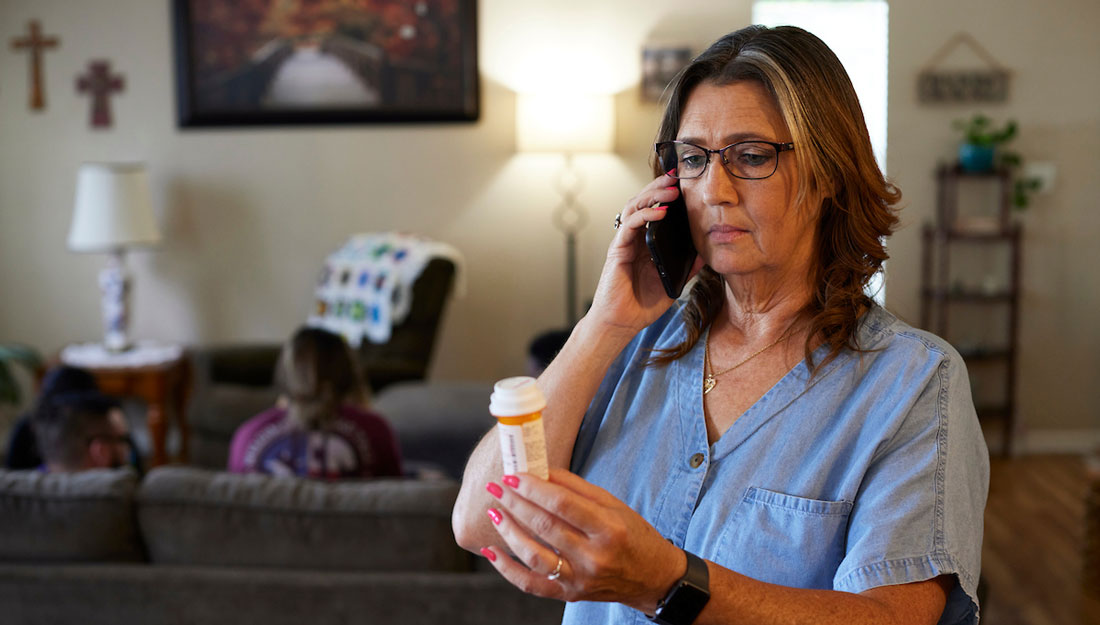- Dominic Hernandez
- Healthy Living, Public Health, Show on VR homepage, Trending
Leftovers: What’s safe and what’s not?
Reheating your leftovers may lead to some health problems

Pizza parties, barbecues and picnics are returning with the warmer weather, and whatever the occasion, having a lot of food is the main ingredient for a good time. Sometimes, your spread turns out to be a bit excessive, and you end up taking home a lot of extra food (cold pizza for breakfast, anyone?), or worse, you throw it out.
According to the Food and Agriculture Organization of the United Nations (FAO), roughly one third of the food produced in the world gets lost or wasted, and the United States is a big contributor to those numbers.
So, you want to do the right thing and eat those leftovers, but what’s the realistic life of this food, and when should you just cut your losses and throw it out? A registered dietitian from the Texas A&M School of Public Health explains what’s safe—and what’s garbage.
Avoid the danger zone
“The main problem starts when food reaches the temperature ‘danger zone,’ which is between 41 and 145 degrees Fahrenheit,” said Taylor Newhouse, a registered dietitian with the Texas A&M School of Public Health. “If you’re in warmer or more humid weather, the food is going to reach the danger zone quicker. It needs to get below 41 degrees within four hours of cooking.”
Also, the type of food you are storing will determine how long it can last being stored away. “Foods that have a lot of moisture to them, like cheese or dairy products, have a shorter time window in which they can be eaten safely,” Newhouse said. “Foods that are more acidic, such are tomato sauce or salad dressing, are less sensitive to bacteria and will last longer in your refrigerator.”
Some foods, like peanut butter, are notorious for having longer shelf life if they are from popular brands. This is because of certain ingredients that may not be in other brands that are preservative-free. Unfortunately for the lifetime of your leftovers, if you just made them yourself from scratch, they likely don’t have those preservatives either.
Freeze your food
There are tips to help prolong the time before food becomes a disgusting peril with pathogens. In fact, according to the U.S. Department of Agriculture (USDA), any food stored at 0°F is safe to eat indefinitely, and keeping food frozen “prevents the growth of microorganisms that cause both food spoilage and foodborne illness.”
Even if your food is in the freezer for long periods of time, and it starts to develop freezer burn, these spots won’t make the food unsafe, Newhouse added. It’ll simply cause dry spots in the food. These leftovers are still perfectly safe to eat, just remove the freezer burn spots before cooking.
The quality of the food may vary after a certain amount of time, so it’s best to store your food with labels saying when they should be eaten—even if the food will remain safe later. For example, uncooked wild game can stay at high quality, while frozen, for eight to 12 months, while bacon and sausage will only stay at high quality for one or two months.
Refrigerate quickly
Also, many people may fall into a bad habit of letting their hot food cool down before they put it in the refrigerator, but this can cause bacteria to grow—even in the short amount of time it’s left out. “Refrigerate perishable foods within two hours, or within one hour if the temperature is over 90 degrees Fahrenheit,” Newhouse said.
Food should not be in the refrigerator too long. The times for food lasting in the refrigerator can vary from a couple of days (like with hamburgers and other ground meats) to two weeks (like with unopened packages of hot dogs). Leftover cooked meat and poultry, chicken nuggets or patties and pizza can all last about four days in the fridge before being eaten or stored in the freezer.
Think small
If you cook up big batches of food—such as baked beans, potato salad or a giant pot roast—it’s best to put your dish into multiple, smaller containers. This will help the food cool down faster and keep it out of the temperature danger zone, and you’ll only have to reheat the food you need, instead of having to reheat the entire batch.
“If you take out your food and reheat it, or thaw it first then reheat it, that lessens the lifespan of the food,” Newhouse said. “Ideally, you don’t want to have to keep reheating and re-freezing or storing your food.”
Reheat your leftovers safely
Once you’ve properly stored your food and you’re ready for last night’s dinner to be today’s lunch, it’s time you properly heat your food. If you want to do it right, then you’ll need the right tools, such as clean utensils and a working food thermometer.
“It’s important to reheat your food to the proper internal temperatures,” Newhouse said. “This is to ensure that you kill all the possible pathogens and keep your food as safe as possible.”
The following foods should reach these internal temperatures when reheating:
- Poultry: 165°F
- Pork, roasts and chops: 160°F
- Whole cuts of beef, veal and lamb: 145°F
- Beans, pasta or other plant-based products: 135°F
Check different parts of the food to ensure it is heated throughout. Just because your food is hot to touch, doesn’t mean that it’s properly cooked all the way through, and nothing can ruin your summer activities like food poisoning.
Media contact: media@tamu.edu


